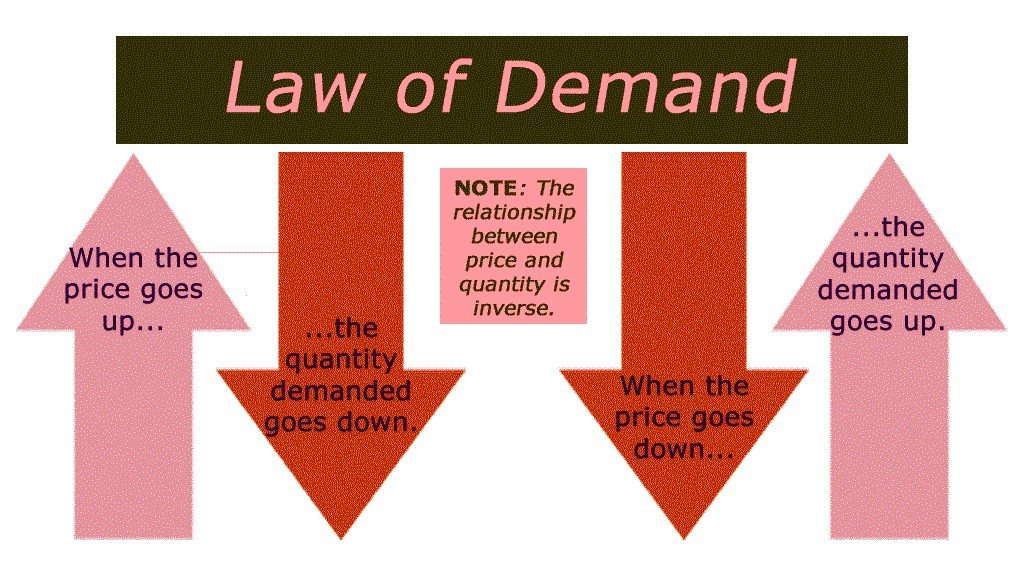Is there less demand for legal services?

After a strong post-pandemic recovery in 2021, does this indicate a declining demand for legal services?
During the beginning stages of the COVID-19 pandemic, law firms of all sizes experienced a decrease in the demand for legal services. This finding is documented in our report titled “2023 Legal Trends for Mid-sized Law Firms.” They quickly recovered and even increased their casework beyond what it was before the pandemic, which most likely occurred as a result of the recovery of the economy. Nevertheless, the findings of our study showed that growth slowed down in 2022.
Now, the findings of a recent study conducted by the Legal Specialty Group at Wells Fargo suggest that this decline in demand for legal services is expected to continue through the year 2023.
In the following paragraphs, we will summarize the key points from Wells Fargo’s report and discuss how law firms can react to a legal market that may be slowing down.
Highlights from Wells Fargo’s Legal Specialty Group Report
In preparation for its report, the Legal Specialty Group at Wells Fargo surveyed more than one hundred law firms, among which were 68 of the top one hundred law firms in terms of revenue in the United States. According to Reuters’s account, their findings included the items listed below.
Demand for legal services has dropped.
According to the number of hours that lawyers billed for their services, the surveyed companies reported a 1.9% decrease in the demand for legal services. Even more significant declines, totaling 2.9%, were reported by the top 50 law firms in terms of revenue, according to the survey.
Lawyers are billing less.
Reports indicate that attorneys working for the top 100 firms clocked in 102 fewer billable hours in 2022 compared to 2021. This decrease is equivalent to approximately 1,568 hours less being billed by each lawyer on an annual basis.
Revenue is up; net income is down.

Overall, the law firms that were surveyed experienced a 3% increase in revenue in 2022 despite a 3.1% decrease in net income. Although it is not stated explicitly by Reuters, this result suggests that a rise in expenses and costs (possibly factored in by inflation) may be significantly impacting firms’ operating costs. Reuters did not directly state this.
Read More: Texas Personal Injury Lawyer: What You Need to Know Before Hiring
Demand for legal services and the 2023 Legal Trends for Mid-Sized Law Firms report
Despite the fact that the Wells Fargo report focused on large law firms, we’ve observed the same trends developing in firms of a more manageable size. Comparing the performance of mid-sized law firms (defined as firms with 21 or more employees) to that of smaller law firms (those with 20 or fewer employees), our report on the 2023 Legal Trends for Mid-Sized Law Firms came to similar conclusions regarding the state of the legal industry.
After experiencing a robust recovery in 2021, there has been a discernible slowdown in the demand for legal services, particularly among the larger firms. In spite of the fact that demand is lower, businesses of all sizes appear to be increasing their billing and collections in comparison to 2019. In essence, they are achieving greater success with a reduced amount of effort.
How? through an increase in their rates.
Since the year 2020, hourly rates have been steadily increasing across businesses (likely as a response to the COVID-19 pandemic as well as costs resulting from rising interest rates and inflation).
In comparison to 2019, the rates charged by medium-sized businesses increased by 17% by the end of 2022, while the rates charged by smaller businesses (those with fewer than 20 employees) increased by 11%. Mid-sized businesses are growing at a faster rate than the Consumer Price Index (CPI), which rose by 16% during the same period; this indicates that they are currently leading the CPI.
Even though there is less of a need for legal services, there has been an increase in revenue among larger firms, which Wells Fargo noted despite the fact that demand for legal services has decreased. These increases may be indicative of a larger industry-wide trend.
Navigating decreased demand for legal services

According to research, many businesses are attempting to weather a period of reduced demand for legal services—in the context of increased inflation—by significantly increasing the hourly rates they charge for their services. And despite the fact that this tactic seems to be successful in certain circumstances, we do not advise increasing fees for all legal practices. For instance, smaller law firms that provide their services to the general public run the risk of driving away their client base by increasing the fees they charge. When deciding how to weather a downturn, it is important to take into consideration a variety of factors.
In the end, navigating the decreased demand for legal services will look different for each law firm and will require an approach that considers multiple angles. Your strategy can get off to a great start by consulting our guides, “The Building Block of an Anti-Fragile Law Firm” and “Lawyers and Inflation: Staying Competitive in an Inflationary Economy.” Both of these resources cover topics that can help you remain competitive in an inflationary economy.
However, certain strategies will be applicable to the majority of law firms, if not all of them. For instance, you should make sure that your law firm has a sufficient emergency fund in order to weather a period of reduced client demand.
In other situations, particularly those involving smaller businesses that cater to individual customers, you should think about ways to differentiate your company from the competition. It is possible to support existing clients by providing services that are client-centered, such as alternative payment arrangements. This can also help you differentiate yourself from the competition when dealing with prospective clients.
One last thing: the power of technology should not be underestimated. Integrated legal practice management software such as Manage can help law firms cut down on the amount of time spent on mundane tasks, freeing up more time for the efficient servicing of clients and billing of fees.
Watch How Law Firms Use to get an inside look at how some of the most satisfied customers put our software to work for them to achieve higher levels of productivity, efficiency, and profitability.
We published this particular blog post in September of 2023. The previous update was on September 12, 2023.
Read More: When Should I Hire an Arizona Car Accident Lawyer?











